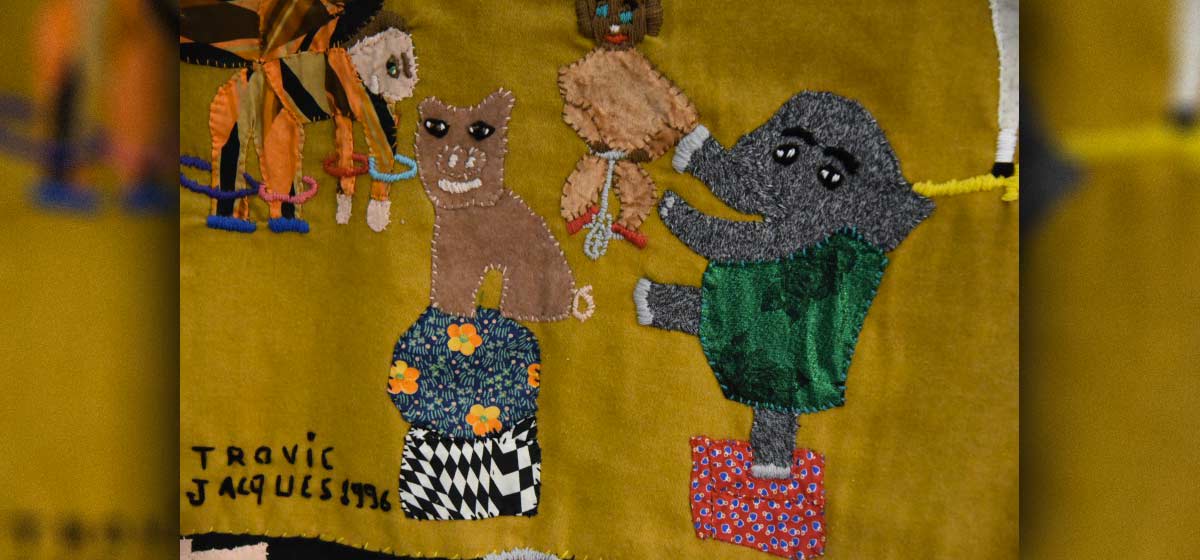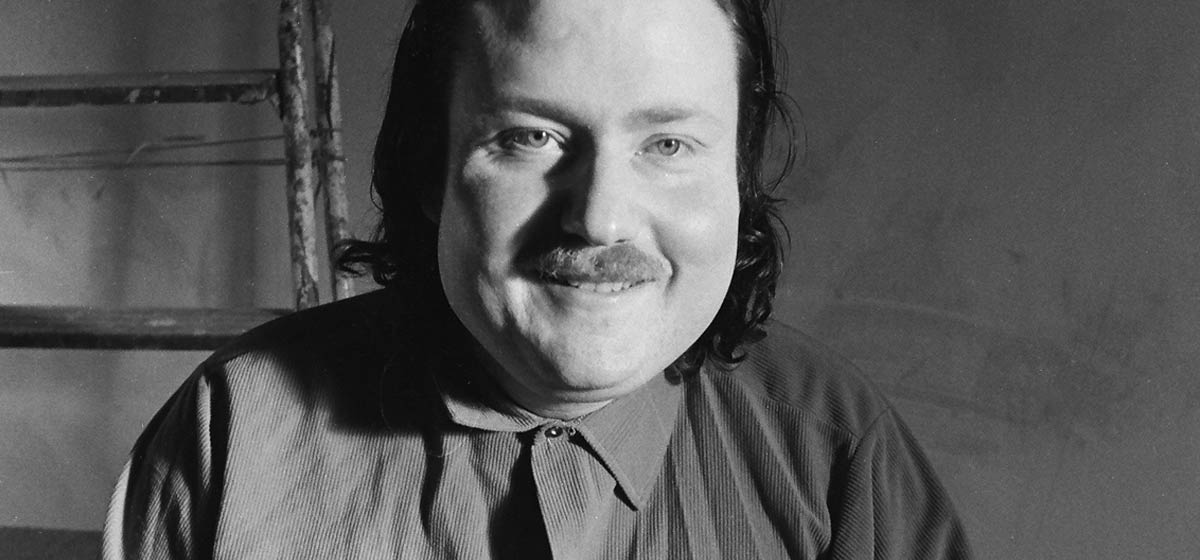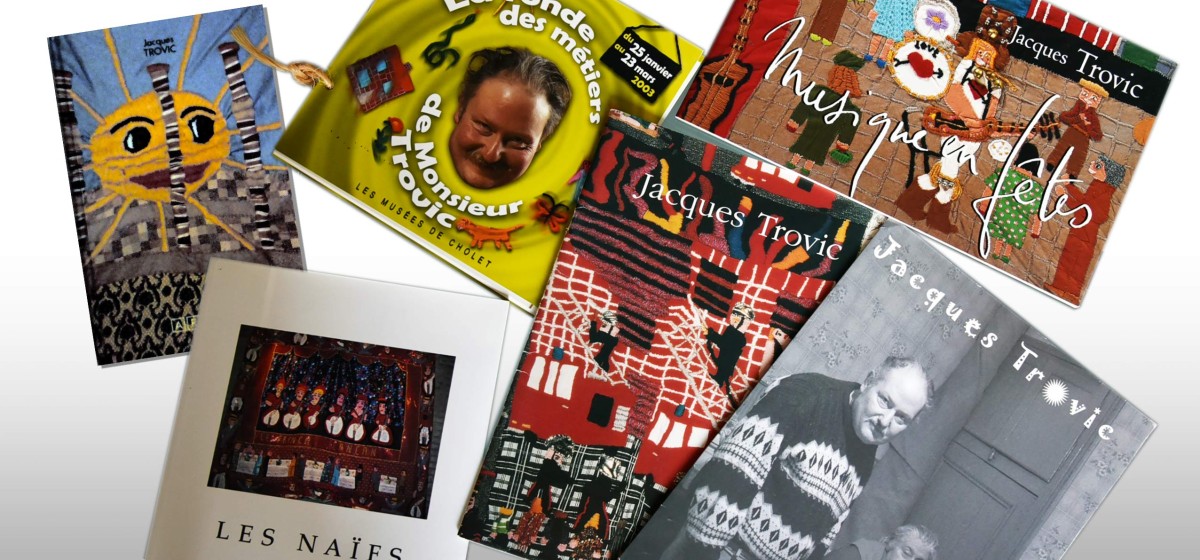
Short Bio
Jacques Trovic was born on June 1948, the 15th in Anzin, 486 rue Jean Jaurès. His health was fragile and he stayed with his mother and sister who introduced him to canvas and embroidery.
Between the ages of 12 and 14, he emancipated himself from the canvas bought in a haberdashery to produce his first work: "La Scène espagnole" (The Spanish Scene), the subject of which he chose himself. It is an embroidery of wool and applied fabrics. Jacques Trovic has found his favourite technique. From that moment on, he will develop a work marked by the profusion of themes and a prolific production. (400 according to Jacques Trovic).
From 1964 to 1970, he took courses in painting, mosaics and tapestry at the Ecole des Beaux Arts in Saint Amand Les Eaux. From the beginning, Jacques Trovic was a multi-rewarded artist. In 1976, his first retrospective exhibition was held at the Musée des Beaux Arts in Tourcoing. From Helsinki to New York, from Venezuela to Japan and all over Europe, his works have never stopped travelling. The great museums of Art Brut, Naïve Art and Singular Art will buy works from him.
He died on October 27th, 2018 in Belgium while he had been living for 8 years in the Pommeraie occupational home. He continued his work as a master upholsterer until the end.

The man Trovic
In the opinion of all those who met him, Jacques Trovic was an endearing personality.
This expression, which does not convey the complexity of the character, is nevertheless very profound. For the attachment that Jacques created around him was the consequence of what life had done to him. Recluse from childhood, overprotected because of his fragile health, his personality not in keeping with those of the children of his working class background, he was vulnerable and not very well adapted to concrete realities. This was one of the forms of his 'handicap'.
On the other hand, he over-developed a sensitivity, an intuition, which gave him the capacity to feel "instinctively" the human quality of his interlocutor, and to "connect" with his sensitive, intimate side. Added to this skill, his hypermnesia made him remember birthdays, weddings, births. He never forgot to send a letter or a postcard. So it is not surprising that "it took" right away and that a mutual attachment followed.
But Jacques Trovic was also this prince who offered his visitors baskets filled with all the specialities of his region, this man who kept a bit of his childish spirit alive, who could hold a grudge until the end of his days against someone who had cheated him, and who above all directed all his decisions towards the recognition of his work and until his last breath.

His work
How can we talk about this work with a little hindsight?
- By evaluating the multitude of works produced in 54 years of work?
- By classifying them by theme?
- By recalling the techniques used, their evolution if there is one?
- By deciphering the deep meaning of this work over so many years, its necessity in the artist's life?
- By shedding light on the atypical nature of certain works?
- By recalling the works that have been damaged, lost, stolen, smoked, thrown away, disappeared?
- By evoking the artist's own project of making work?
- By talking about my favourite work?
As for the number, Jacques Trovic spoke of 400 works. There is no reason not to believe him. Was it the tapestries or the whole of his work: drawings, paintings, mosaics, tapestries? To date, I have seen, or seen in the form of photographic reproductions or heard about 276 works, including 239 tapestries.

